More than 50 representatives of national tourism organisations (NTO), including those from Vietnam, Laos, Myanmar, Cambodia, the Philippines and Thailand participated in the event. They were advised to build tourism identities and revise strategies to better position themselves in tourists' mind in the long term, and all enthusiastically listened and unveiled plans to draw more tourists.
Asean tourism authorities and private sectors are yet to be more proactive, if they want to draw more international tourists, particularly affluent visitors from Japan.
Each year, more than 10 million Japanese travel abroad. In the first half of this year, despite the sluggish economic growth, 8.96 million Japanese made overseas trips, according to Japan Tourism Marketing Co.
Among Asean nations, Thailand is the most popular destination for Japanese tourists, followed by Malaysia, Singapore, Indonesia and Vietnam. Still, the number of Japanese visitors to Thailand so far this year is far below 1 million, compared to 1.4 million going to the US and 1.3 million to France.
These were some of the facts shared at a recent five-day training on tourism in Thailand, hosted by Japan's Asean Promotion Centre on Trade, Investment and Tourism (Asean-Japan Centre or AJC).
More than 50 representatives of national tourism organisations (NTO), including those from
Vietnam, Laos, Myanmar, Cambodia, the Philippines and Thailand participated in the event. They were advised to build tourism identities and revise strategies to better position themselves in tourists' mind in the long term, and all enthusiastically listened and unveiled plans to draw more tourists.
Khin Than Win, director for Tourism Promotion of Myanmar - the country that has opened its doors after five decades of isolation - said his government expects to complete its national tourism master plan this year or early next year. Under the master plan, infrastructure and hotel development will be key.
It is expected to have five more hotels with 1,450 rooms next year in addition to the existing 25,000 nationwide, of which 8,000 rooms are located in Yangon. More commercial complexes are also under construction, to facilitate the tourism industry.
From January-September this year, 724,000 visitors travelled to Myanmar, increasing by 24 per cent from 582,000 during the same period last year.
Sieng Ngak, tourism representative of Cambodia, urged Japan to develop a special Japan-Mekong route in order to boost Japanese arrivals to Cambodia and Laos.
Tran Quang Hao, deputy director of Vietnam National Administration of Tourism's personnel department, said it is preparing to set up a tourism office in Japan, aiming to woo more Japanese visitors. Cambodia aims for 6 million to 6.5 million visitors this year, up from 6 million in 2011.
Early this year, the Tourism Authority of Thailand, Vietnam's National Administration of Tourism and Laos' National Tourism Administration organised travel fairs in Tokyo targeting repeat tourists.
The AJC wants Cambodia, Indonesia and Laos to immediately build their brand while Myanmar needs to add more hotel rooms and improve air-travel access.
Cambodia, in particular, is urged to promote the image of other big cities as well as the capital in key tourism markets. Japanese tourists feel more familiar with Bali than with Indonesia so they should be advised about attractive places in Jakarta and other islands.
Laos was selected by the New York Times in 2008 as one of 53 places to visit but it is still unpopular among international tourists.
Despite some improvement, Myanmar still needs more airline economy seats along with hotel rooms while Vietnam is welcoming a lot more Japanese but faces a lack of Japanese speaking guides.
The AJC urged all nations to differentiate tourism products before the launch of the Asean Economic Community (AEC). It also asked members to improve service quality and build their tourism image in order to cope with the growth of travel in the region in the long term.
For tourists from Japan, tourism operators also need special services.
Fuchigami Joukei, AJC assistant director, said that a large number of Japanese want to travel to CLMTV countries (Cambodia, Laos, Myanmar, Thailand and Vietnam). However, there is lack of good sources of information about hotels, air service, restaurants, tour guides and contact persons in Japan.
Further, the Japanese find it difficult to select destinations for their next trips due to the lack of a tourism image.
"Expanding infrastructure and building a tourism image are very important as these are good methods to woo Japanese tourists," said Joukei.
He also urged each country to create and infuse their own character and focus on that strength.
The lack of Japanese-speaking guides is also apparent in Laos with only 18 guides compared to thousands in Thailand. The whole region is also urged to develop a budget airline network to link local cities in Japan and major cities in Asean.
Crisis communication management is also needed in every country and tourists should be able to use public phones free of charge when in crisis.
Air service frequency between Japan and Myanmar must be boosted immediately as currently there are only three flights a week with all business class while more flights can go to Vietnam from the current 60 a week. There are 125 flights per week from Japan to Thailand.
Importantly, only Thailand, Malaysia, Philippines and Singapore have opened tourism offices in Japan. The AJC sees it as a must for all Asean countries to set up offices and appoint marketing teams in Japan, or at least have travel fairs in big cities, if they want to draw more Japanese visitors.















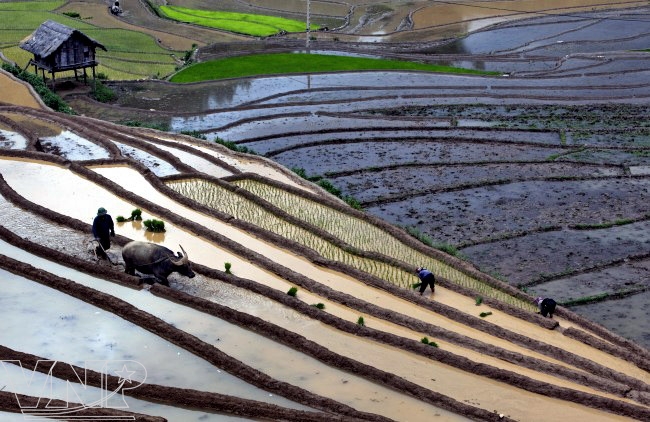
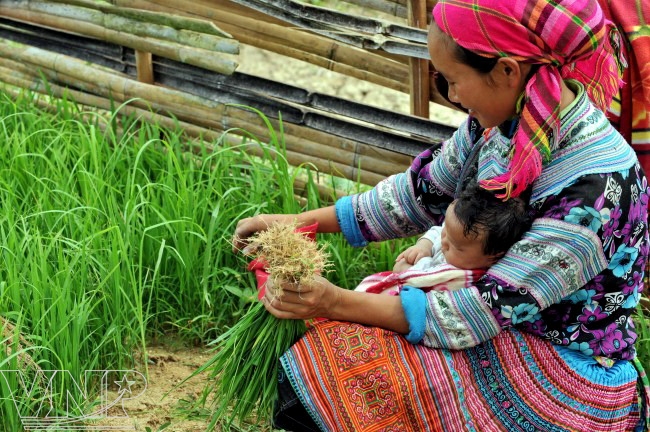
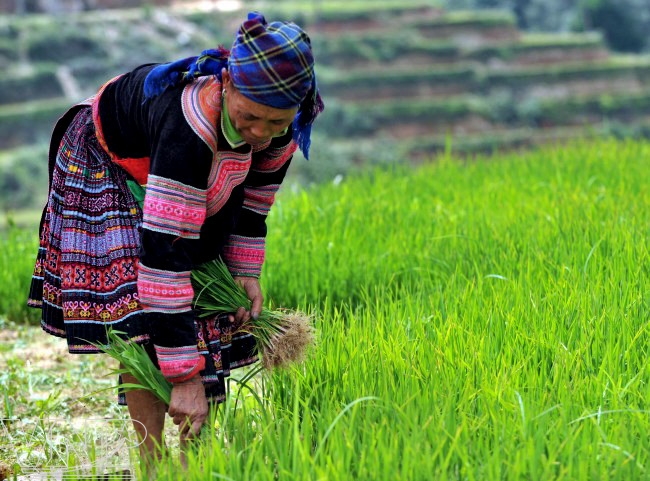

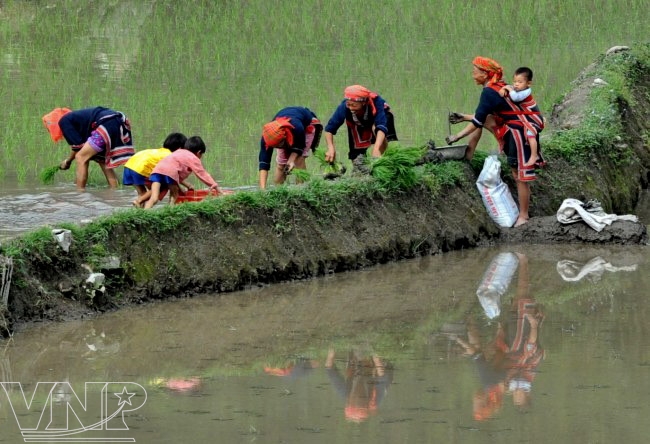
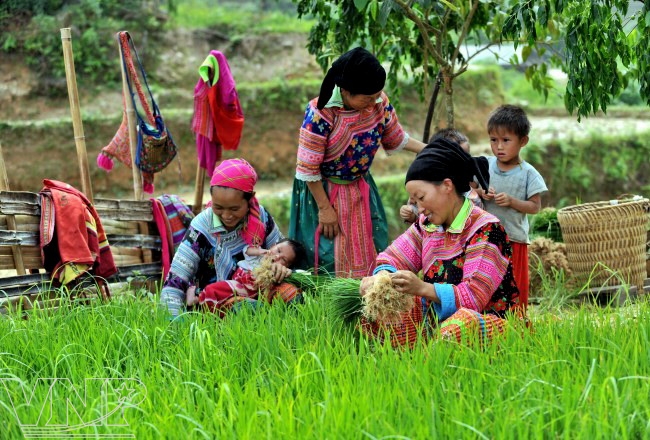
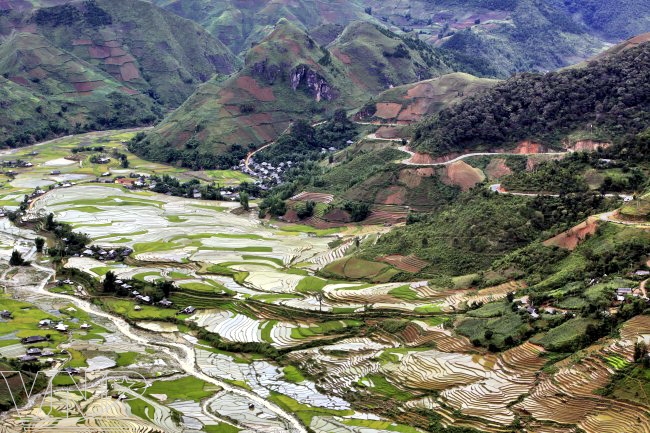
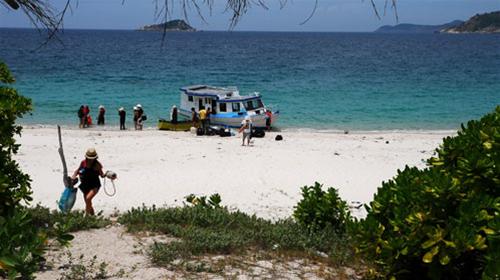
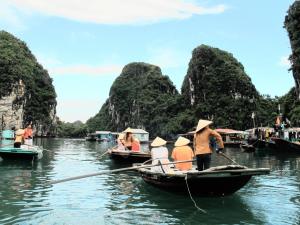



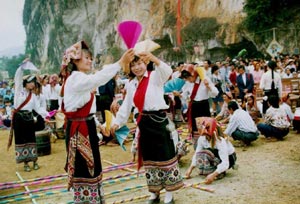
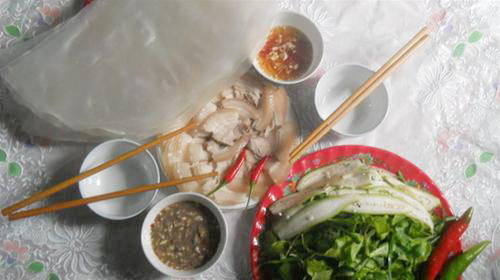
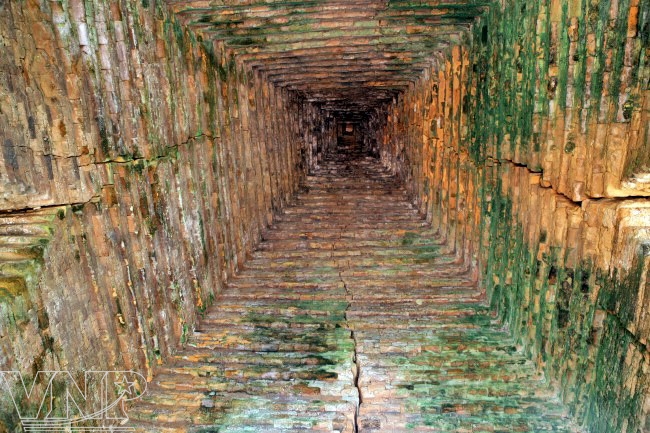
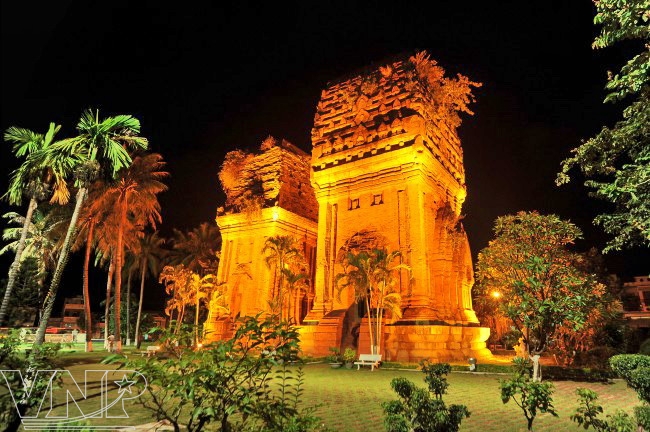
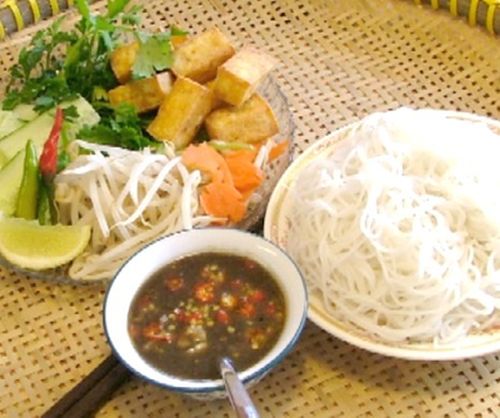

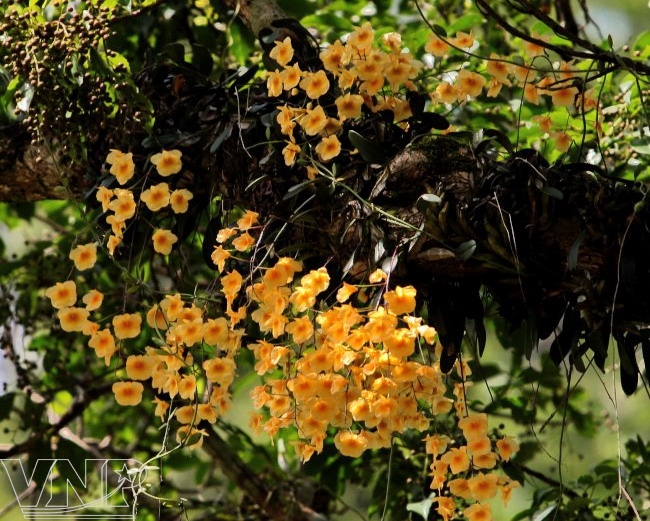
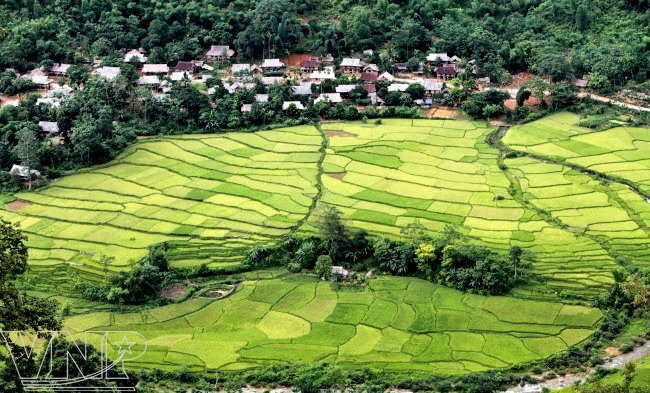
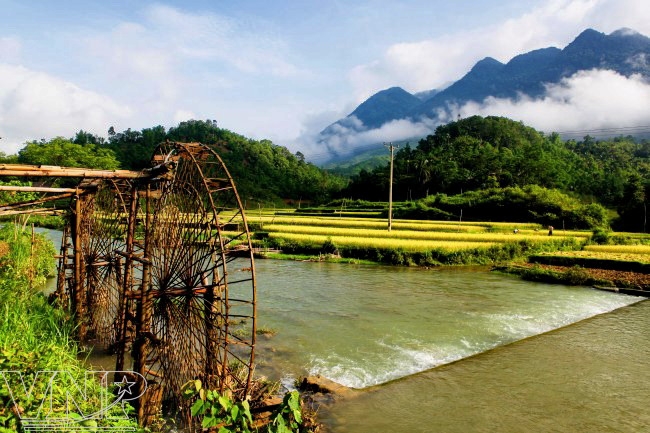
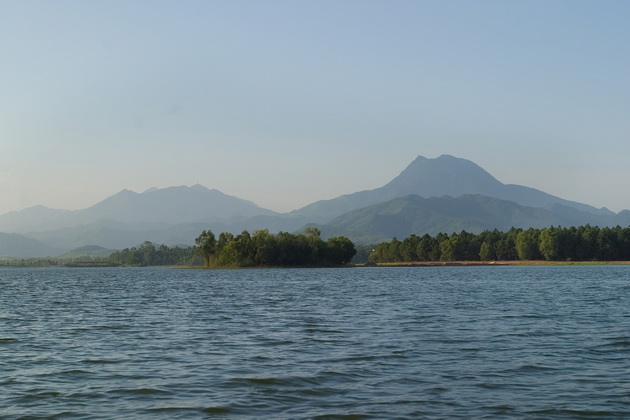
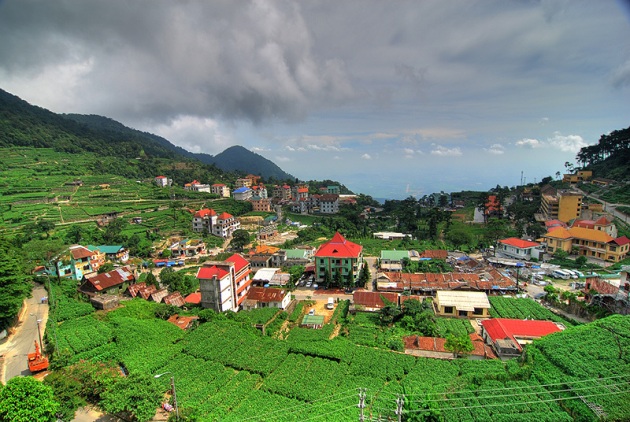
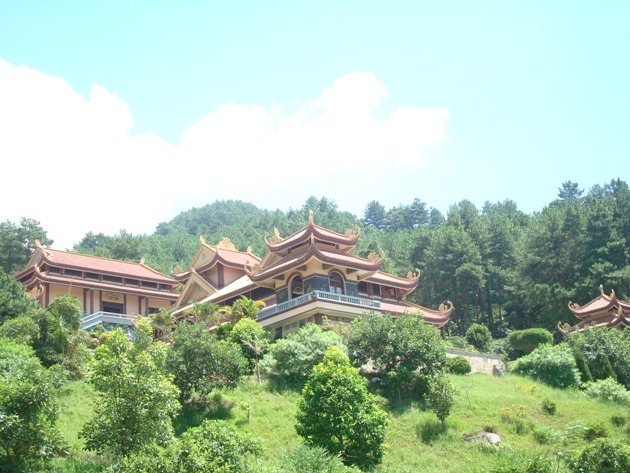
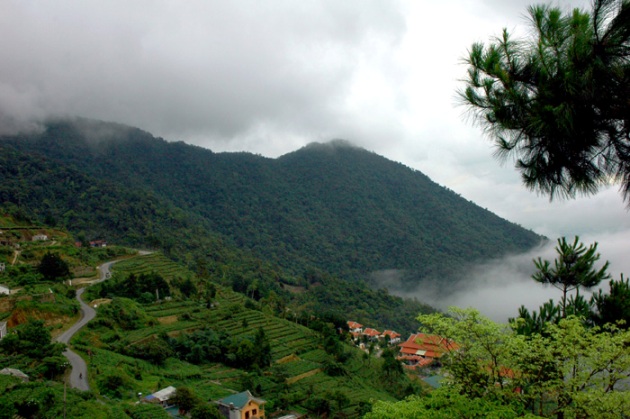
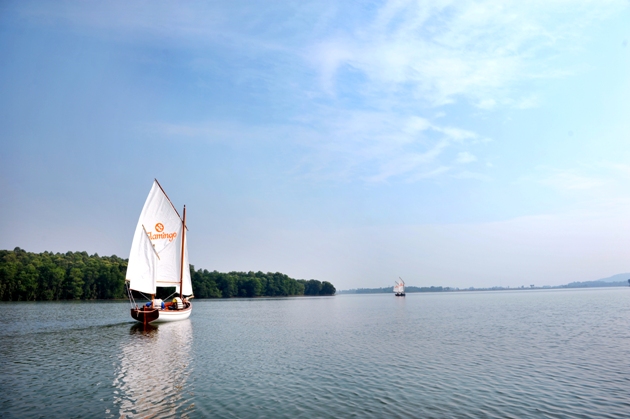
.jpg)